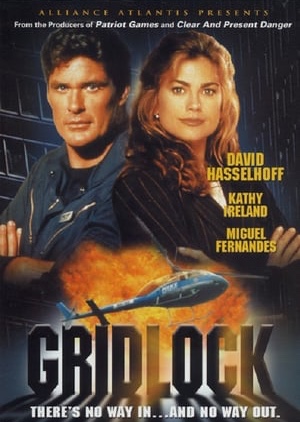Welcome to Late Night Retro Television Reviews, a new feature where we review some of our favorite and least favorite shows of the past! On Fridays, I will be reviewing Friday the 13th, a show which ran in syndication from 1987 to 1990. The show can be found on YouTube!
This week, David Cronenberg directs a story about a cursed glove.
Episode 1.12 “Faith Healer”
(Dir by David Cronenberg, originally aired on February 8th, 1988)
After being absent for the last few episodes, Jack has returned to the antique shop and he’s back just in time to investigate a faith healer named Stewart Fishoff (Miguel Fernandes).
Fishoff started his career as a phony evangelist, one who was exposed by one of Jack’s friends, Jerry Scott (Robert A. Silverman). However, Fishoff is back and now, it appears that he truly does have the power to heal the sick. Jack can’t help but notice that Fishoff is now wearing a white glove, one that was purchased from the store. The glove can take away someone’s illness but then it then passes on that illness to the next person that it touches. With Micki busy researching the store’s history and Ryan suffering from a cold, Jack pays a visit to Jerry to plot how to get back the glove.
The problem is that Jerry wants the glove for himself and he’s willing to kill not only Fishoff but also Jack to get it.
Faith Healer was directed by David Cronenberg, one of the many prominent Canadian horror filmmakers who directed an episode or two of this show. Not surprisingly, the episode is full of visually striking images, from Fishoff’s church and the member of his cult to the scenes of suddenly sickened skin erupting and then rotting away. Indeed, if you watched this episode and somehow missed the directorial credit, you would still be able to guess that it came from the mind of David Cronenberg. It’s full of moody Cronenbergian images and themes, as the rational skepticism of Jerry goes to war with the faith of Fishoff’s cult and both turn out to be equally destructive. A good deal of this episode focused on showing how both Fishoff and Jerry were seduced by the cursed glove and its promise of power. If you’ve ever wondered why everyone on this show is so quick to use the antiques for evil, this episode seems to suggest that the antiques are a bit like a powerful drug. Once you give in to the temptation, the addiction quickly follows.
This episode was well-acted by both Cronenberg regular Robert A. Silverman and Chris Wiggins. Silverman turns Jerry into a compelling villain, one who falls victim to the same dark magic that he previously made a career out of debunking. This episode ends with Jack in a particularly dark place and Chris Wiggins does a great job of capturing Jack’s disillusionment. As Jack points out, all of his friends are either evil or dead or both! This episode explores the pain that comes from both owning the antiques and tracking them down.
Next week: Micki and Ryan travel in time to pursue a vampire!



